Last Updated on February 23, 2023
Contents
This article will explore the fascinating history of pole dancing, where it originated, where it is now and where it could go in the future.
As an enthusiast in any activity, you should get to know the history and origins of your favorite sport.
Many people don’t realise that pole dancing evolved from several different ancient sports and into circus sideshows and traveling carnival acts before it became a form of exotic entertainment.
These days, pole dancing is a mainstream activity that many people use to stay fit, gain body confidence or to feel empowered.
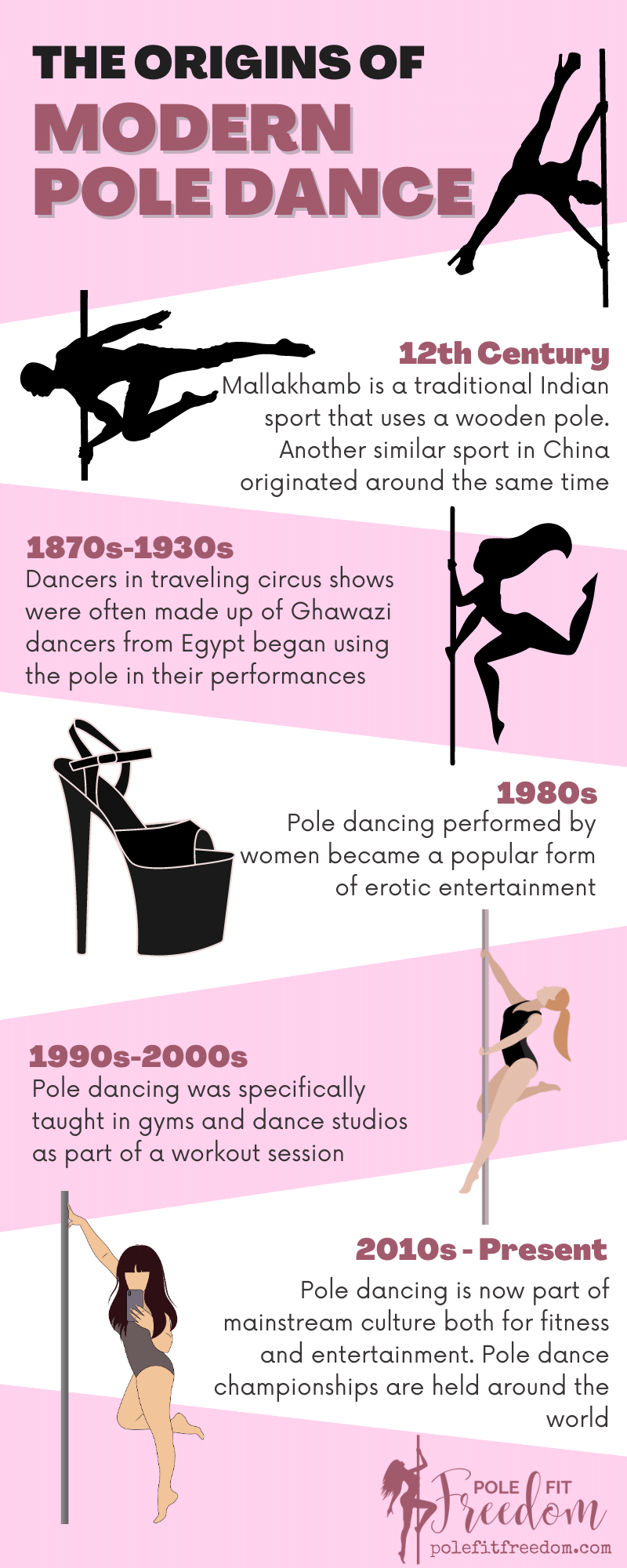
Where did Pole Dancing Originate? – The Complete History of Pole Dancing
(12th Century – Present Day)
What’s that?! The 12th Century, you say? The information we have shows that pole dancing’s origins can be dated back 800-900 years ago – isn’t that fascinating?
Pole dancing has a unique and interesting story, as a sport is has traveled around the world, been performed by men and women of all ages and been used within the sex industry.
Currently, as popular as its ever been, pole dancing has a colorful past that’s interesting to learn about. So, let’s explore the history of this wonderful sport that we love so much, starting at the very beginning.
The Origins of Pole Dancing
The use of poles in acrobatic entertainment can be traced back to over 800 years ago in India. Both Mallakhamb and Chinese Pole have inspired modern pole dance.
Mallakhamb
Mallakhamb is a traditional Indian sport that uses a wooden pole. Typically performed by men, they would perform acrobatic and yoga-inspired tricks on the pole.
The poles used in Mallakhamb were made from wood and much wider than a modern dance pole.
Mallakhamb is the oldest form of recorded performance that used vertical poles as apparatus. Like modern pole dancing, it requires a serious amount of strength, agility and stamina to perform.
This video, recorded in recent years is a demonstration of Mallakhamb:
Chinese Pole
Chinese Pole performances often had 2 poles, up to 20 feet high and the performers would perform climbs, inversions and would also leap between the two poles.
The poles used for Chinese Pole are silicone or powder-coated, allowing the performer to complete their routines fully-clothed. (Learn about the different materials used for dance poles here)
This other recent video demonstrates a traditional Chinese pole performance:
As you can see, both Mallakhamb and Chinese Pole use similar techniques to what you do in your own pole fitness training. In these videos, they’ve performed tricks such as outside leg hang, shoulder mount, inverted crucifix, Superman and flag.
Pole Dancing as a Traveling Sideshow Act (Approx 1870-1930)
In the USA, pole dancing became synonymous with travelling sideshows. People would visit these events to experience exotic dancing from around the world, including belly dancing from the Middle East and pole dancing from Asia.
At the time, dancers in these shows were often made up of Ghawazi dancers who were performers from Egypt.
By the 1920s, dancers would entice paying customers into shows by dancing sexually or gyrating their bodies against the pole.
Due to the sexual nature of the dancer’s movements, pole dancing and burlesque shows were often combined, before making the natural move from circus tents into bars.
Strip Clubs and the Rise of Pole Fitness (1980s – 1990s)
Pole dancing performed by women became widely associated with strip clubs and the adult industry.
Strippers and dancers in strip clubs all over the world started to use a pole to show off their skills. Tricks performed in strip clubs were often erotic in nature, designed to show off the dancer’s body.
However, during this time more athletic and acrobatic tricks were combined into pole dance and striptease routines.
Pole dancing became associated with attractive women dancing in their underwear, with high-heeled shoes and men putting dollar bills into her bikini bottoms.
There was certainly a lot of curiosity around pole dancing as a fitness activity, inspired by the dancers who used more acrobatic tricks in their performance routines.
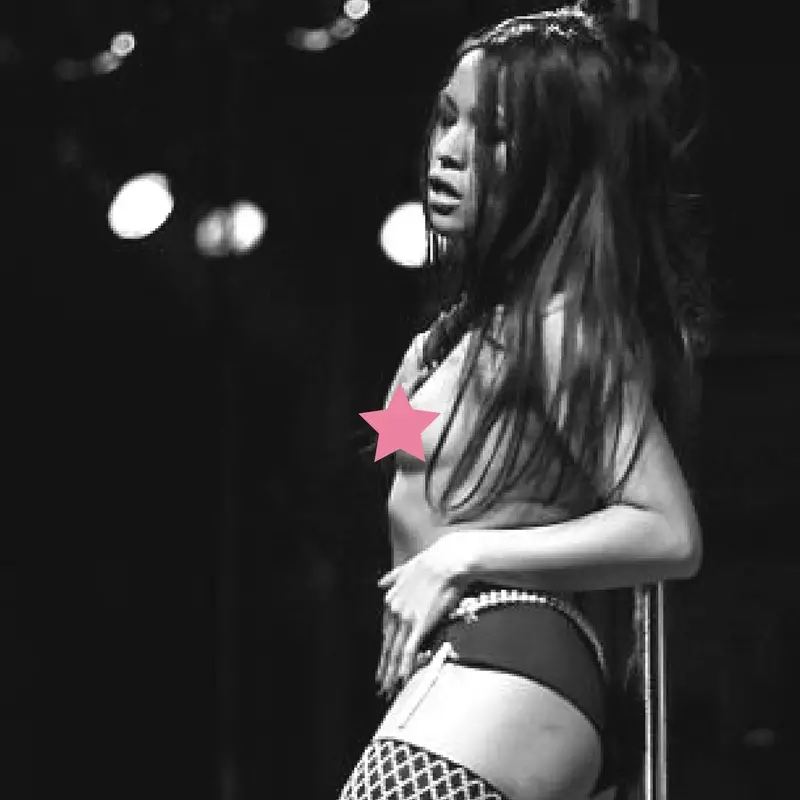
When Did Pole Dancing Become Sexualized?
It was around this time – during the 1980s and 1990s that pole dancing became sexualized and associated with the adult industry.
Pole dancing encompassed acrobatic and gymnastic tricks, but performed in underwear by female dancers in gentleman’s bars.
Using a pole can enhance sensual movement and gives you the opportunity as a dancer to bend and twist your body into interesting shapes, which also shows off your physique at the same time.
Pole Fitness Classes (1990s)
During the 1990s, pole dancing was specifically taught as an art and a form of fitness for the first time. It remained an alternative form of fitness before gaining mainstream popularity.
Pole dancing for fitness classes started to gain popularity in America, Europe and Australia. It continued to be performed in sexualized settings, such as strip clubs and bars, but more credibility was given to the athletic ability of performers.
Pole Dancing in the Mainstream (2003 – Present Day)
From the mid-2000s onwards, pole dancing for fitness began reaching peak popularity. Pole fitness classes are offered in most major cities. These classes are held in gyms and dance studios, as well as continuing to be performed in strip clubs.
More and more people start to learn pole dancing every day, it’s a wonderful community to be part of. It’s a very inclusive community, where students from different backgrounds are always welcome.
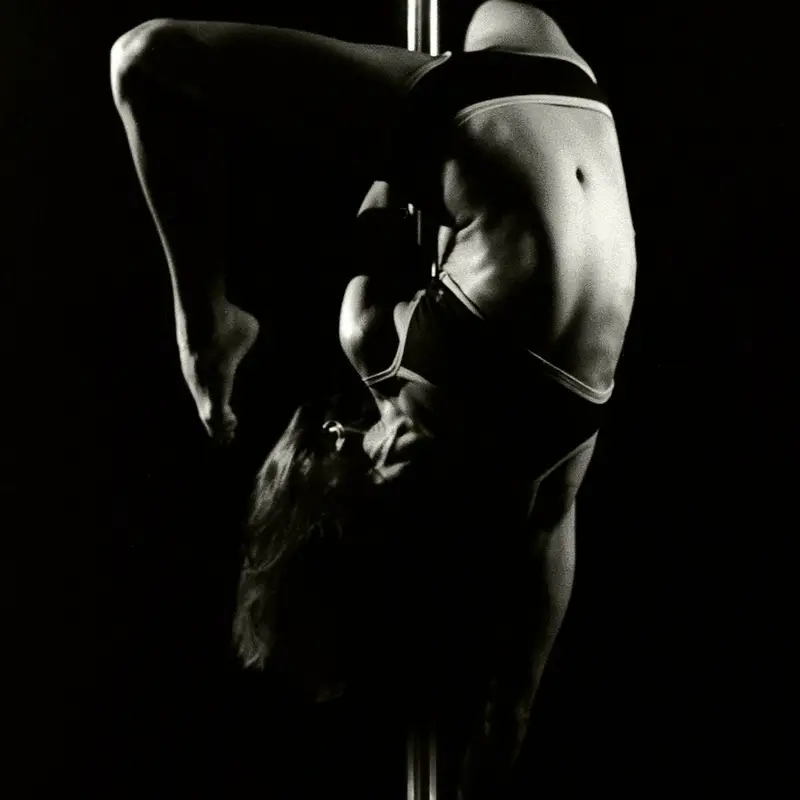
International Pole Dancing Championship Events
There are several commercial pole dancing competitions and championships, including local, regional, national and international events. Winners receive awards and titles which are internationally acclaimed by the pole fitness community.
By the mid-2010s, pole dancers continue to raise their game and push the limits. An ‘advanced’ trick in 2009 is now probably considered to be ‘intermediate’, for example. Choreography has also become more sophisticated and innovative, leaving the pole dancing world stunned and in awe of what’s physically possible.
Pole Dancing Celebrities
The rise of social media influencers and celebrity culture has helped pole dancing for fitness gain popularity.
Examples of celebrities who have publically declared their love of pole dancing including Jennifer Lawrence, Madonna, Shakira, Emma Watson, Jennifer Anniston, Kim Kardashian, Demi Moore and Britney Spears – just to name a few!!
Carmen Electra even has her own Aerobic Striptease Workout DVD, and she used to have her name to a budget at-home dance pole as well
Pole Dancing as an Olympic Sport
In 2003, a Pole Dance Instructor called KT Coates launched a campaign, alongside the International Pole Sports Federation (IPSF) to make Pole Dancing an Olympic sport.
In 2017, the Olympic Committee awarded pole dancing “special observer” status, which means they officially recognise pole dancing as a sport.
There’s still a long way to go, and pole dancing won’t feature in the next Olympic Games, unfortunately.
Pole Dancing needs to fulfil the following criteria, which is currently in progress:
- It must be a member of the World Anti-Doping Agency (Done)
- It must be a full member of the GAISF (Partially Done)
- And it must have 50 national federations (Currently around 20)
Hopefully, we’ll be seeing pole dancing as an Olympic Sport in the next 8-12 years!
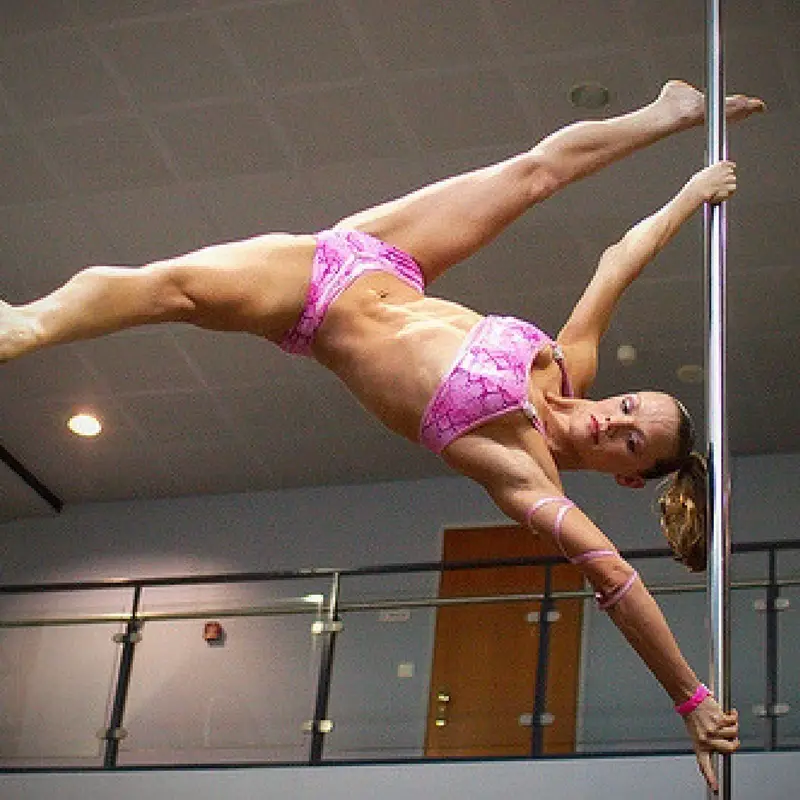
The Connection Between Pole Fitness And Stripping
Even with pole dancing’s 800+ year origins, it’s hard to deny that its true popularity was heavily influenced by strip clubs.
Most pole fitness classes and performers use marketing tactics to purposely draw connections between pole fitness and stripping – despite these being fitness classes.
So many pole fitness enthusiasts are quick to show off their pole skills but hastily add – “#notastripper” – which is a disrespectful act that overlooks the origins of modern pole dancing.
Let’s face it – the fact that pole dancing is part of strip club culture forms part of the appeal of it as a fitness activity.
And now on to something almost entirely different…
May Pole Dancing
Another form of performance or dancing that involves a pole is May Pole Dancing. This had a very different background; it originated in Europe and involves dancers dancing around a pole in a circular motion, wrapping colorful ribbons around the pole as they go.
May Pole Dancing forms part of a historic ritual. It is traditionally performed in the Spring Time, around the beginning of May to coincide with ‘May Day’.
Spring time has had long-time spiritual associations with fertility, new life and creation.
Although this is very different to pole dancing for fitness, a few performers have started to incorporated ribbons or silks into their pole dance performances.
Further Reading
If you enjoyed this article on the history of pole dancing, then you may also enjoy these other articles on our site:
- What Does Pole Dancing Do To Your Body?
- Learn Pole Dancing at Home
- Inspirational Pole Dancing Quotes
- Best Pole Dancing Books for Inspiration & Motivation
- Health Benefits Of Pole Dancing
- 12 Other Sports For Pole Dancers To Try
- Get Involved with our Pole Dance Community
- Creative Ideas for Your Pole Dance Studio
Happy poling!
Pin this Post
Love Pinterest? Use these images to pin this post to your Pinterest Boards:
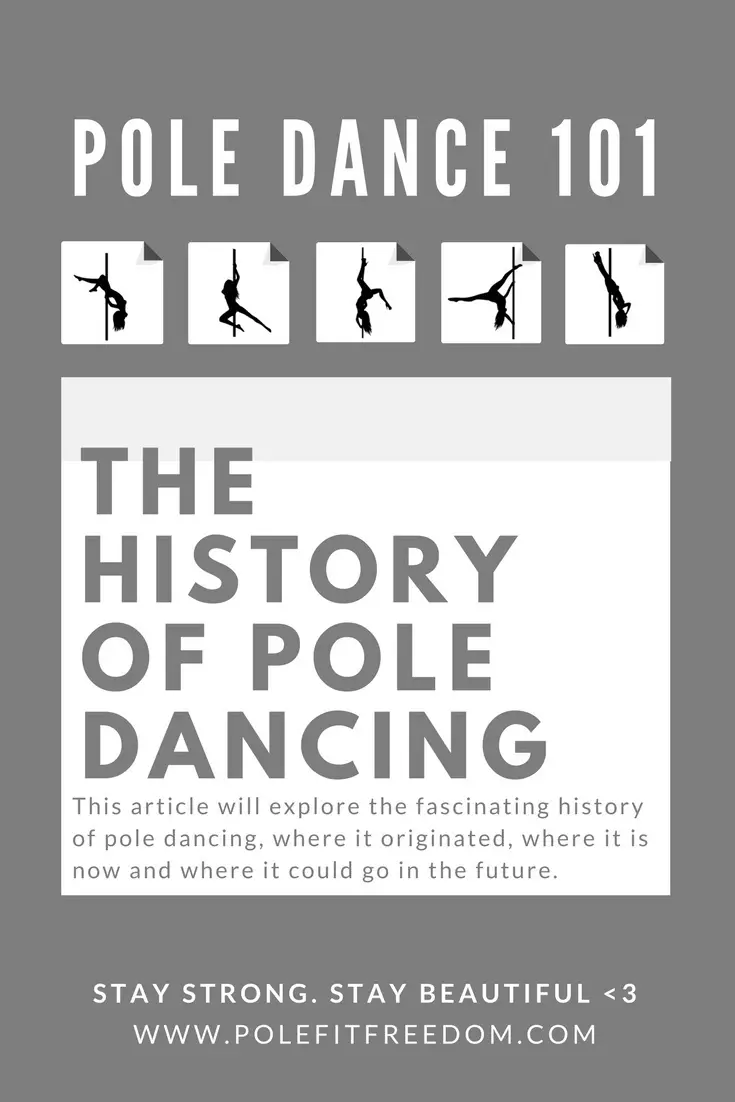
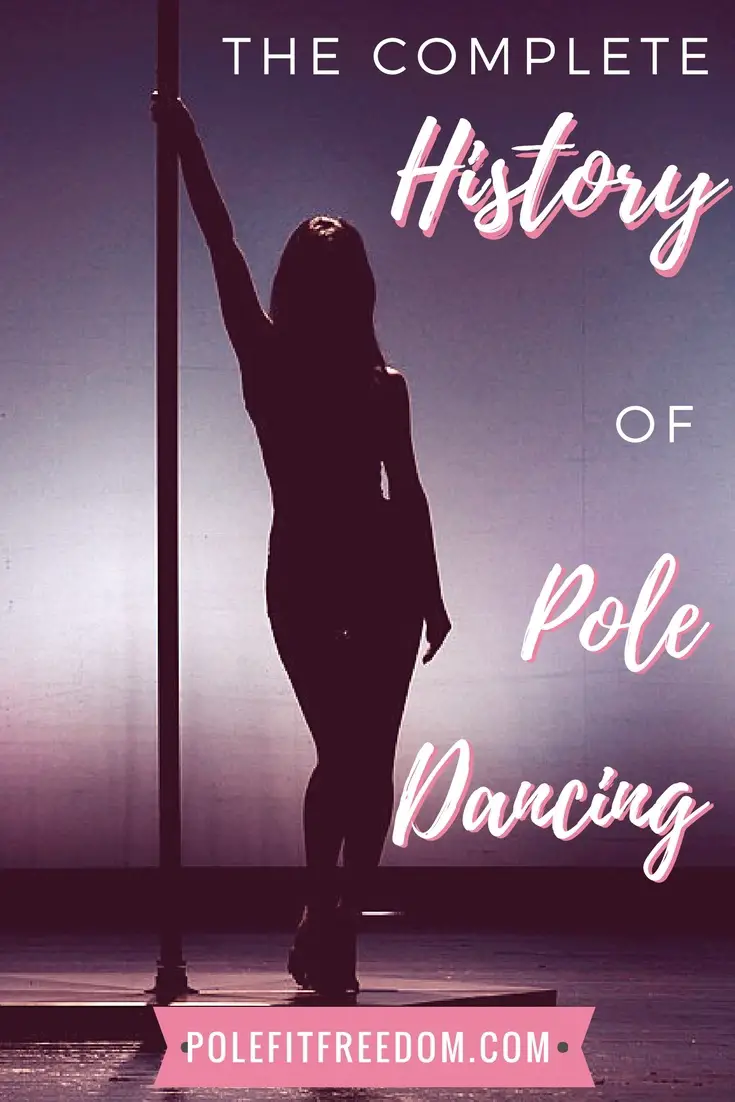

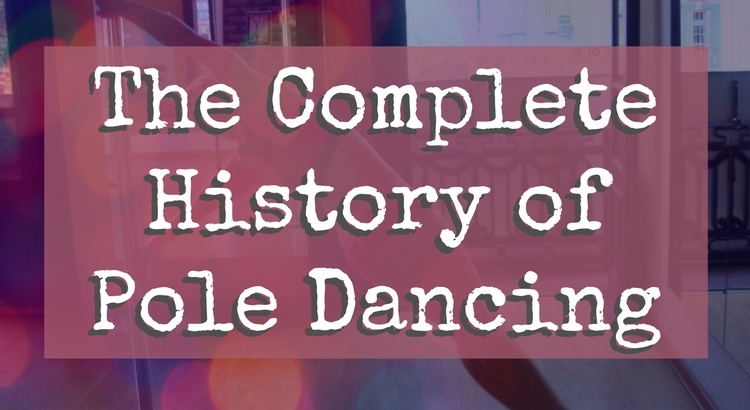

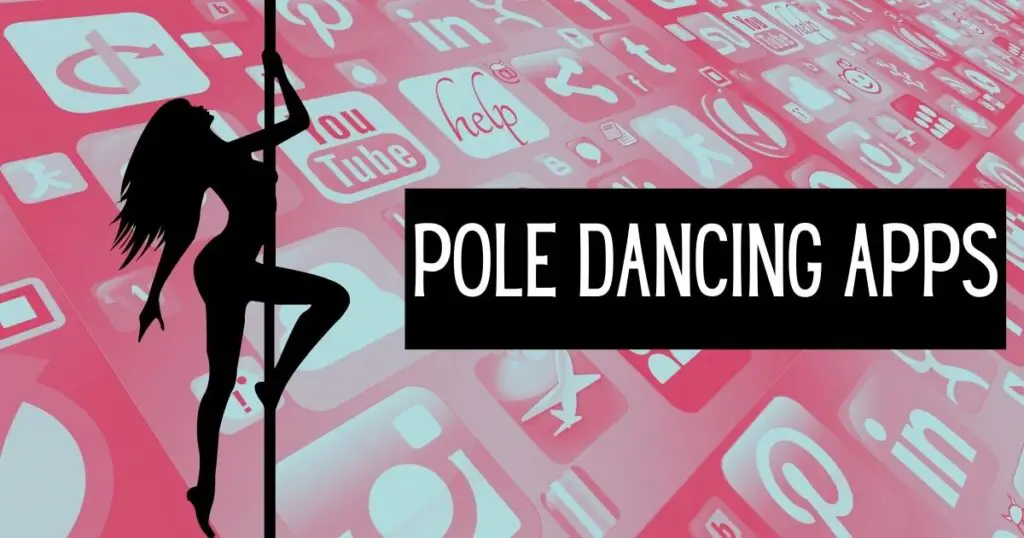

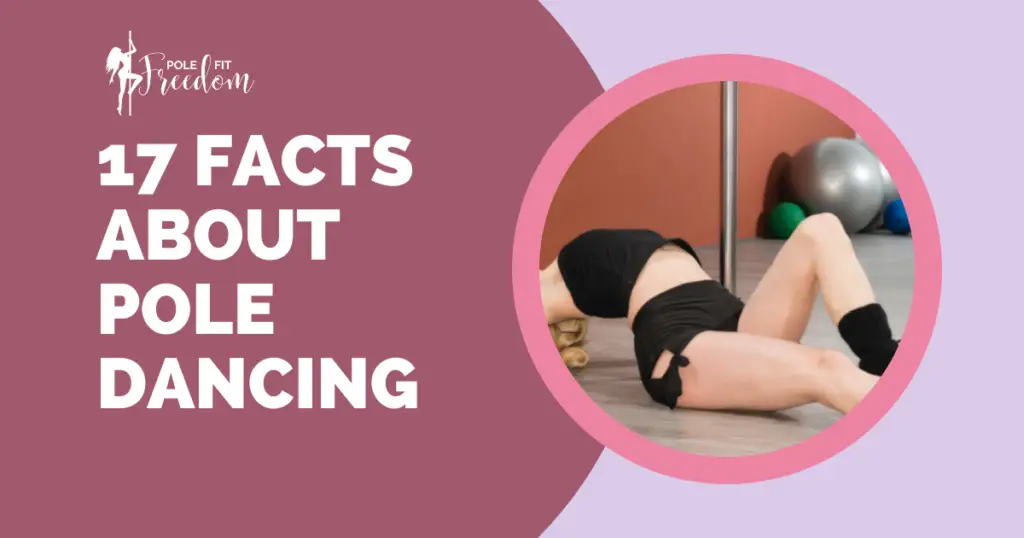
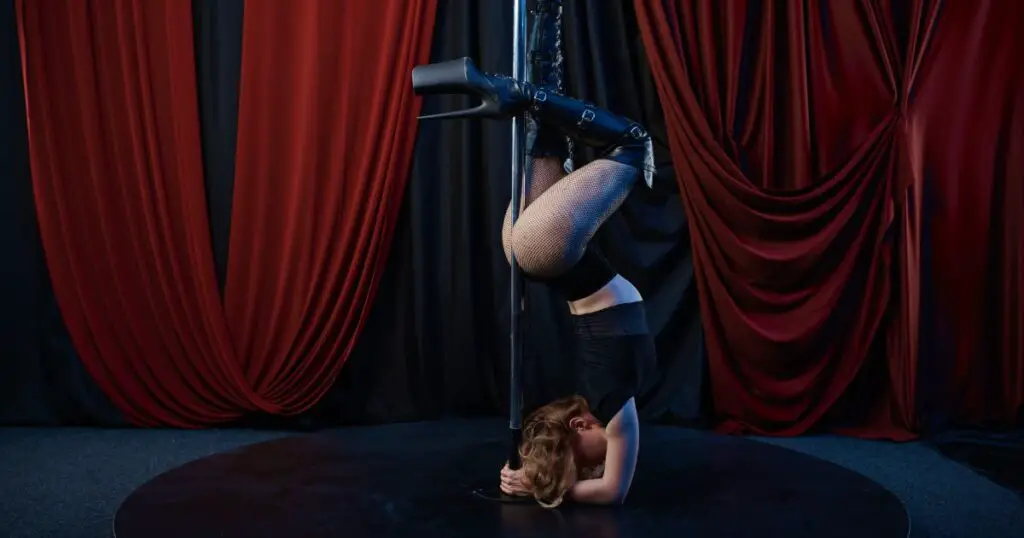
Hi, would it be possible to know who was the writer of this post, “The History of Pole Dancing: Where it all Began”? It is for my research study in Pole Dancing.. please feel free to ask me any questions on my email..thanks 🙂
Hi Bernice, I am the author – please get in touch via admin[at]polefitfreedom[dot]com – thank you.
I am in Wyoming and own one of the only pole fitness studios in the state. Please let me know how I can help! Thanks!
I am in Lauder Hill and own one of the only pole fitness classes in Florida. Check Once fit2flaunt site.